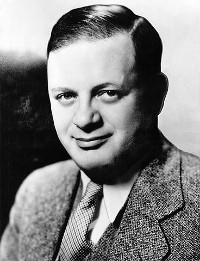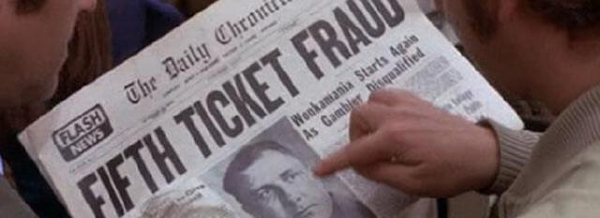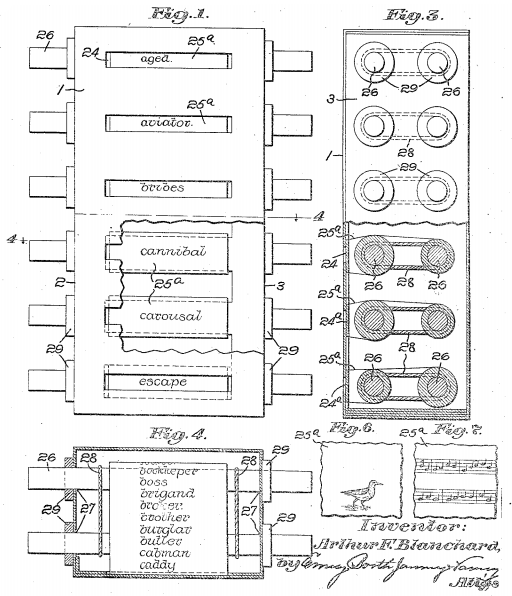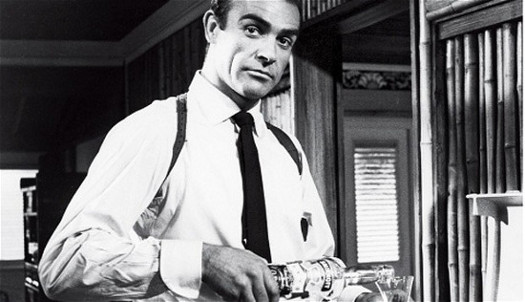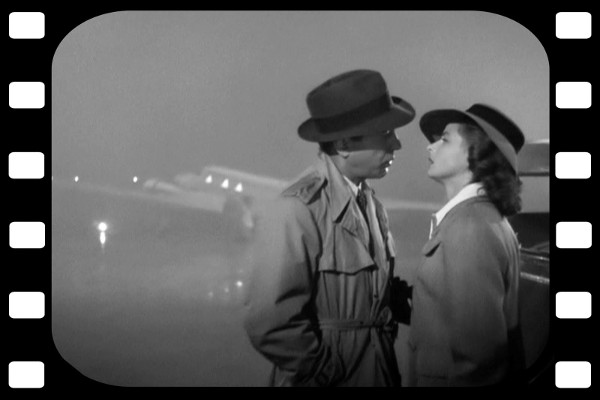Robert Altman’s 1992 film The Player opens with a continuous shot that’s eight minutes long. Altman told one interviewer, “I wanted to make that ridiculously long opening shot because so many people talk about these long opening shots as if they are some achievement in themselves.”
At 1:17, Fred Ward refers to Orson Welles’ 1958 film Touch of Evil, which opens with a three-minute tracking shot of its own (below). Several takes were ruined when the customs man at the end forgot his line, which ruined the entire take. Charlton Heston remembered Welles telling the man, “Look, I don’t care what you say, just move your lips, we can dub it in later. Don’t just put your face in your hands and say, ‘Oh, my God, I’m sorry.'”

